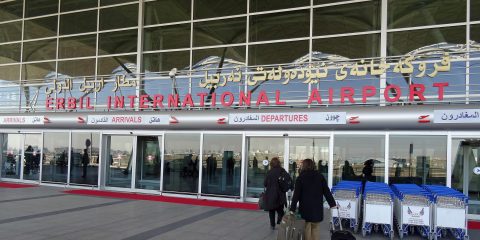To Fight ISIS, Art Dealers & Archaeologists Join Forces
Stretching 20cm high, the exaggerated feminine curves of Halaf terracotta figurines are a symbol of fertility, dating back to Neolithic times in Syria. Neil Brodie is an illicit trade expert who spent three months searching for these items online, now on a list of cultural objects at risk by the International Council of Museums, on eBay.co.uk. He […]Catherine Chapman writes for The Creators Project:
Stretching 20cm high, the exaggerated feminine curves of Halaf terracotta figurines are a symbol of fertility, dating back to Neolithic times in Syria.
Neil Brodie is an illicit trade expert who spent three months searching for these items online, now on a list of cultural objects at risk by the International Council of Museums, on eBay.co.uk. He found 60, sold by seven dealers typically based outside London, for an average price of £102. Brodie thinks the majority are fake, but the rest could be from ISIS-held areas in Syria and Iraq. At an art auction, similar figurines could be worth up to an estimated $1,500.
The value of cultural heritage has always been a contentious issue within the world of art. Things intensified in 2014, when, as a global society, we began to bear witness to the irreversible amount of cultural cleansing being performed by ISIS in places like Mosul, Raqqa, and now Palmyra. While an unknown amount of antiques and artifacts have either been lost or destroyed, in a once divided scene of archaeologists, museums, collectors and dealers, a coalition of culture is starting to fight back.





